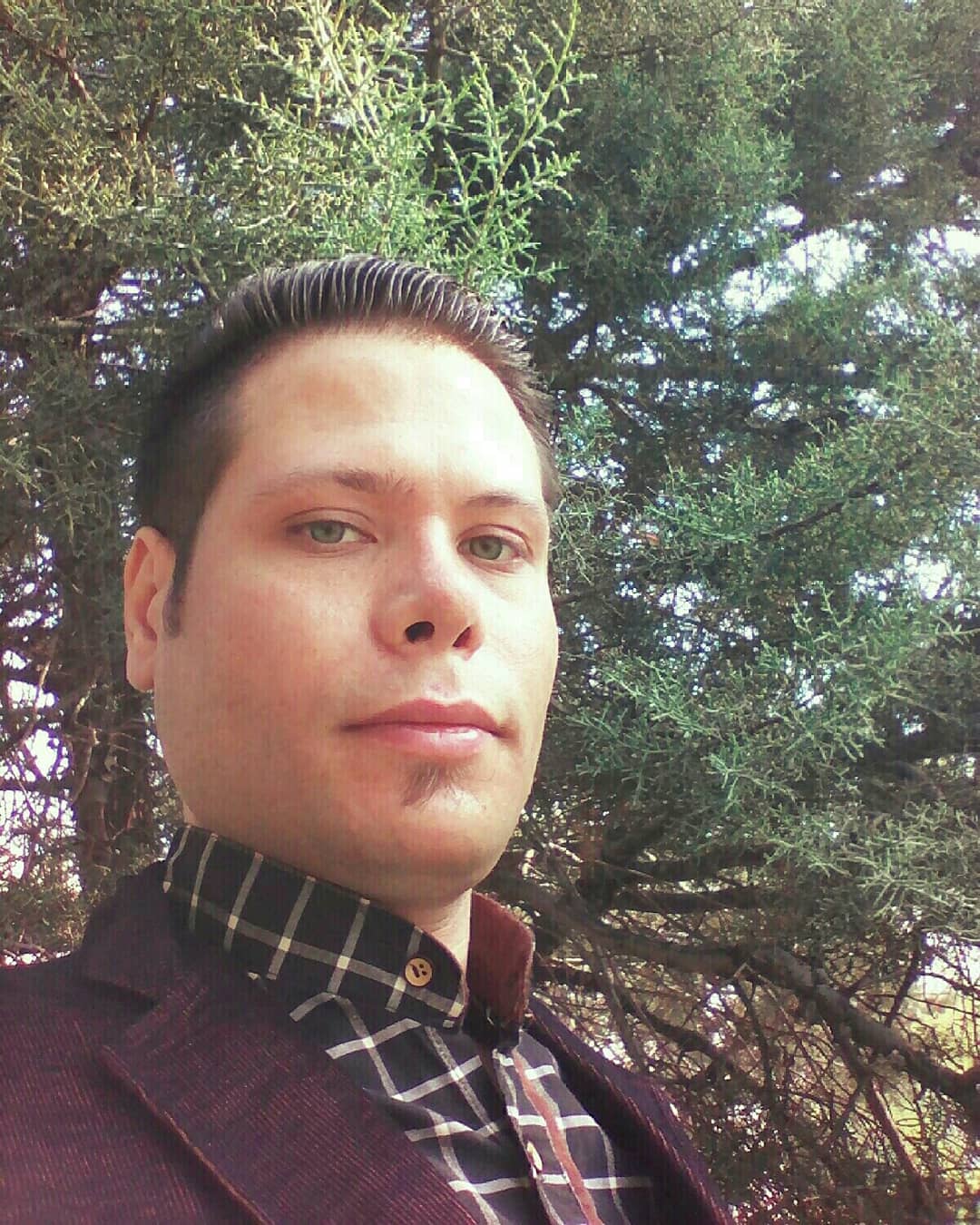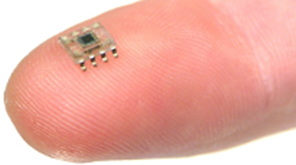Synthetic nano-sensors and LOC nano-chips; In Agriculture and Medicine (based on PhD in Nano-Microelectronics) (PhD in Education _ Research)
Researcher and author: Dr. ( Afshin Rashid)
Note: Using synthetic nanosensors and LOC nanochips, it is possible to detect very small amounts of chemical or virus and bacterial contamination in agricultural, food and medical systems. Also among these sensors is a nanowire-based sensor that detects radiation damage in the medical and laboratory industries.
These nanosensors are placed in blood cells. The on-chip laboratory (LOC) is also a device that consists of one or more laboratory operators on a chip measuring a few millimeters or square centimeters and dealing with very small volumes of fluids. And it can give us a lot of information from a sample.
These synthetic nanosensors and gas nanosensors are produced by attaching specific particles to the end of carbon nanotubes and calculating the vibrational frequency in the presence or absence of particles. These nanosensors are often used to detect and control chemical reactions by nanoparticles. The construction of gas nanosensors has been a significant issue in recent decades due to their many applications in various food, chemical, health, military and even space research industries. Deadly gas leaks are one of the dangers of everyday industrial life. Unfortunately, warnings in the industry are often too late to detect such leaks. Examples of such sensors are made of single-layer nanotubes about one nanometer thick and can absorb toxic gas molecules. They are also able to Identify a small number of deadly gas molecules in the environment. Such gas sensors have been successfully tested to detect ammonia and nitrogen dioxide gases, which are toxic gases. These sensors will be used to detect war biochemical gases, air pollutants and even organic molecules in space .
Conclusion :
Using synthetic nano-sensors and LOC nanochips, it is possible to detect very small amounts of chemical or viral contamination in agricultural, food and medical systems. These sensors also include nanowire-based sensors that detect radiation damage in the medical and laboratory industries.
Author: Dr. ( Afshin Rashid)




